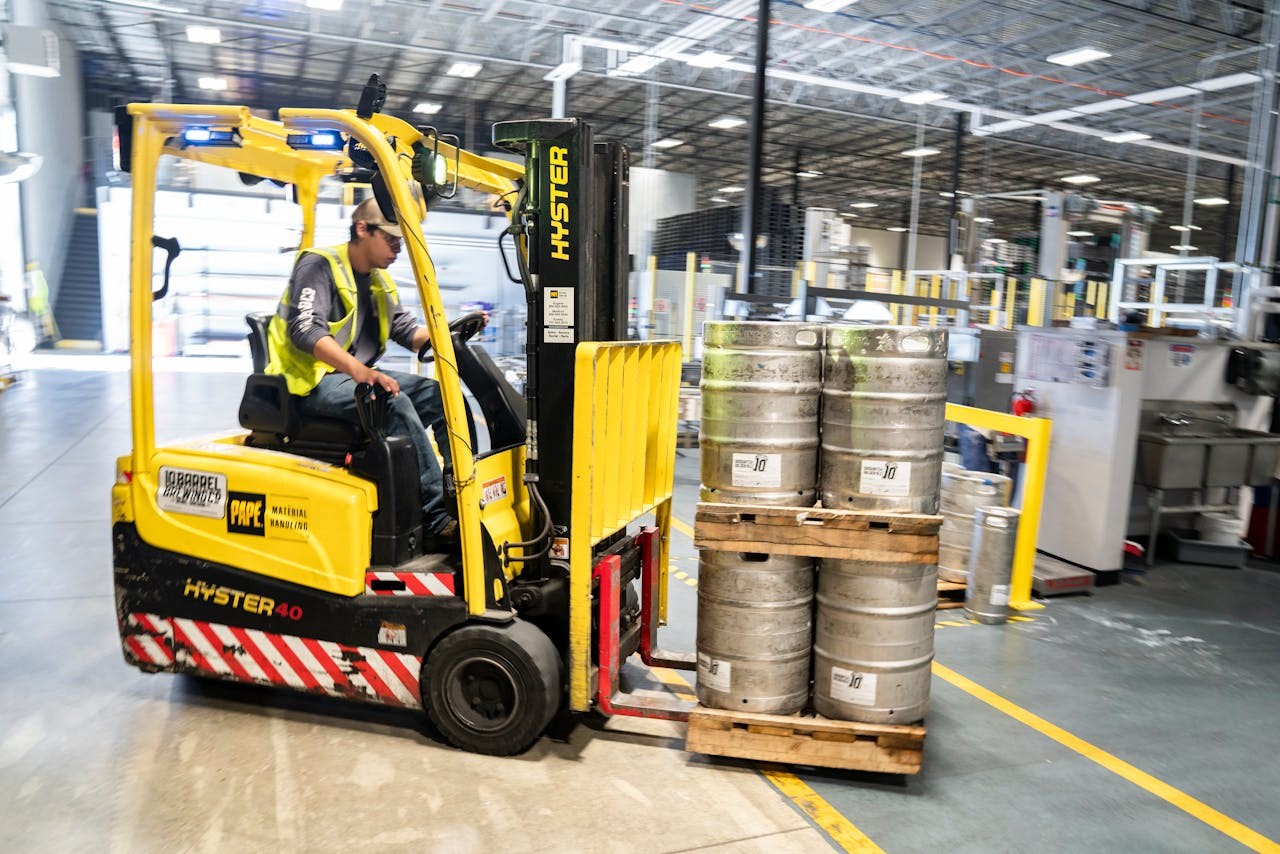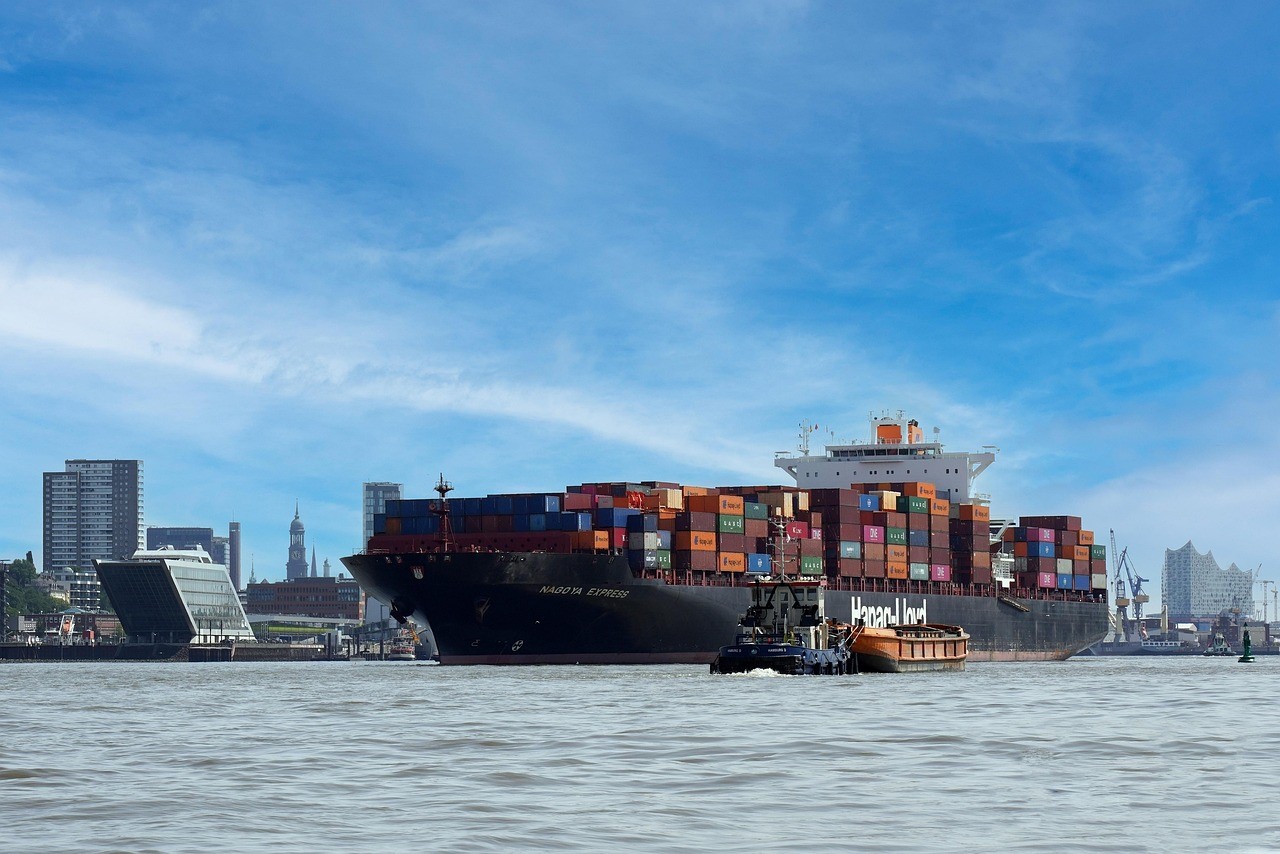
When a company reaches a shared understanding of the current state of its business operations, it can view to the future. In the strategy process, the vision is adjusted and strategic, fact-based goals are set to define the desired direction in which the company wishes to jointly develop its business.
In recent years, more and more companies have started to admirably highlight sustainable development goals in their strategies. Kone, for example, reports that it measures its success through five strategic goals, one of which is to be a Leader in sustainability. Paulig also emphasises sustainability as a fixed part of its growth strategy. The strategic goals of Paulig include being a sustainable frontrunner in the food and beverage industry.
All roads lead to sustainable development
The company’s principles for defining strategic goals and choices remain unchanged. Megatrends, changes in the operating environment and competitive field, developments in legislation, competencies and the competitive factors of the company, for example, are analysed thoroughly.
Megatrends help the company review potential future developments and define its stance towards them. How much or little and in what way should the business operations of the company be changed? Do megatrends entail more risks or opportunities?
Today, changes in the operating environment and megatrends are bound to guide the company to sustainable development goals. But how to define goals of the business strategy that take sustainable development into consideration?
In addition to analysing your operations (including the company’s competencies, competitive strength, competitive field, industry as well as environmental and social impact of the business), it is important to consider three vital viewpoints:
- Stakeholder expectations
- Development in legislation
- Sustainable Development Goals of the UN
Strong emphasis on stakeholder expectations
The basic premise is that companies must act in accordance with legislation. Corporate responsibility is often defined as an activity that goes above and beyond legal obligations.
Simply complying with legislation is usually not enough for stakeholders either. Businesses are expected to carry out measures exceeding regulations for the benefit of society. From a business point of view, we could say that stakeholder expectations are becoming exceedingly stricter. For example, no company can be uncertain about the expectations of financiers and investors.
Corporate responsibility means closely listening to the expectations of stakeholders. When setting sustainability-related goals in the strategy, it is important to pay particularly close attention to the expectations of stakeholders beyond customers and potential customers.
Developing legislation shows the way
Regulations related to sustainable development are rapidly developing both in the EU and nationally. Even though legislation previously seemed to lag behind the speed of change in the operating environment and enforcing new legislation can take a very long time, today’s developing legislation is a force guiding the direction of companies’ strategic processes and goals. Below are some examples of changes taking place in legislation.
- In July 2021, the EU released the Fit for 55 climate package to set an operational framework for the EU to cut back its net emissions by at least 55% by 2030. The climate package includes 13 legislative proposals that both tighten current legislation and create new regulations.
- The goal of the Circular Economy Action Plan of the EU is to reduce the amount of landfill waste and increase the recycling rate.
- The new Biodiversity Strategy of the European Commission, released in 2020, aims to reverse biodiversity loss by 2030.
- The Due Diligence of the EU will require companies to first identify and then correct any operating methods in their value chains that are in violation of human rights, the environment and good corporate governance.
- In addition to EU-level regulations, companies must consider the national level of legislation. In accordance with Finland’s national climate change policy, Finland aims to be carbon-neutral by 2035. In addition, legislation under development includes a national forest strategy for 2035.
Therefore, instead of considering developing legislation as a necessary evil, we can see it as a force creating new business opportunities for companies.
Do the UN Sustainable Development Goals offer guidance for the strategy processes of businesses?
In 2015, the member states of the UN agreed on the content of their sustainable development programme, the Agenda 2030. The purpose of the programme is to eradicate extreme poverty from the world and promote sustainable development with a focus on financial factors, human well-being and the environment. The implementation of the programme is guided by the 17 Sustainable Development Goals (SDG).
Do these extensive goals offer practical benefits to businesses? Is it worth it to include these goals in the strategic processes, even though they seem very distant from the actual business operations? Or are they only used in stakeholder communications because that is expected?
They do indeed offer practical benefits, particularly at the strategic level. Integrating the Sustainable Development Goals of the UN closely with the strategic process of your company all the way from analysing the current state and defining the strategic goals is a benefit fot a company. Here are a few reasons why.
Expertly specified and internationally accepted Sustainable Development Goals of the UN (SDGs) define the direction and create a strong framework. The framework helps companies define their role in promoting sustainable development and reduce the negative impact of their business. It also offers a foundation on which businesses can establish their strategic goals.
The SDGs describe global challenges that must be solved by 2030. The goals offer businesses new potential business opportunities – new solutions for the most important global problems of our time.
Moreover, the SDGs help businesses adjust their operations according to the operating environment changed by megatrends. The SDGs inversely depict potential risks affecting the business operations. The SDGs depict where the world and the companies’ operating environment are headed if nothing is done. It is also worth noting that companies promoting the realisation of the SDGs also improve their own future business opportunities. A steadier operating environment also improves the viability of the business.
Set ambitious goals
Unfortunately, we are living in a time where small steps for promoting sustainable development are no longer enough. This has already been communicated to us through megatrends. If a company wishes to retain its operational capacity and competitive edge in the long run while creating sustainable growth, major changes are needed.
People now want businesses to set highly ambitious strategic goals for sustainable development. They don’t want goals that simply seem achievable at the moment, but truly challenging goals.
Therefore, we recommend using external sparring partners when setting strategic goals for your company. Instead of being another necessary evil, stakeholders, legislation and the Sustainable Development Goals of the UN offer a direction towards sustainable business operations: They provide sparring support for companies in defining strategic goals.
***
If data depicting the realisation of sustainable development goals in your organisation is not available, contact us! Tofuture offers a cloud-based tool that enables your company to use sustainability data as effectively as possible as a natural part of your strategic planning.


































